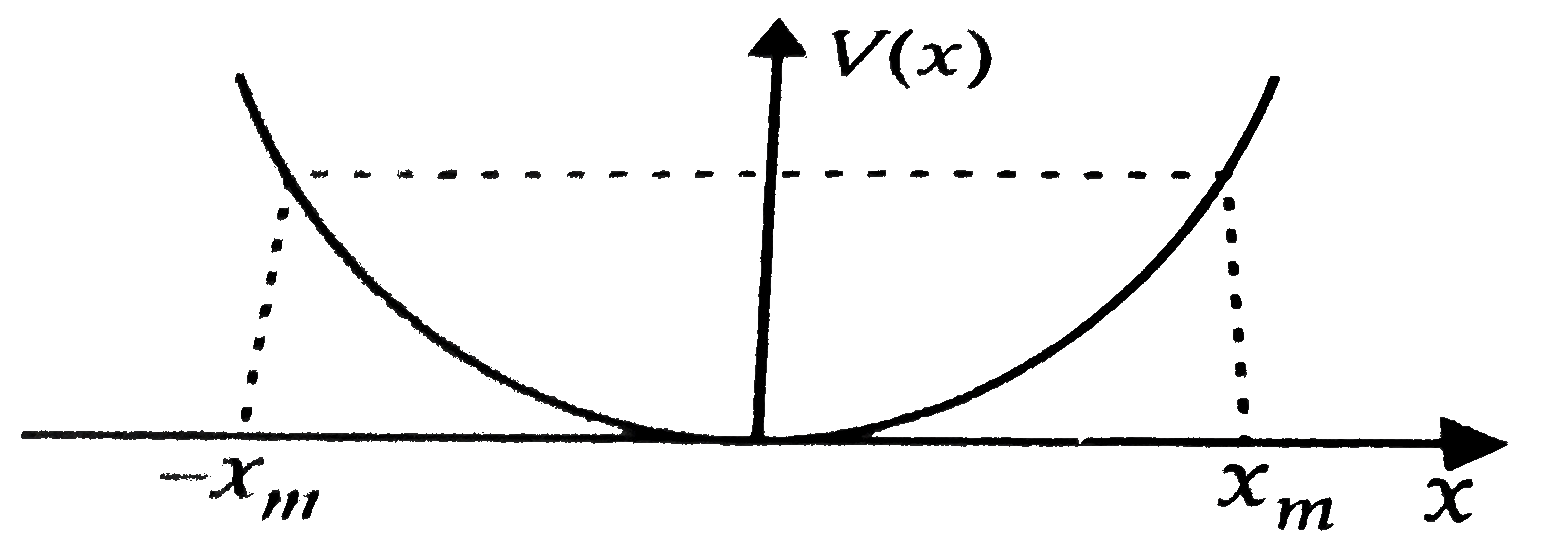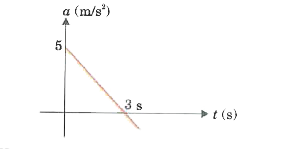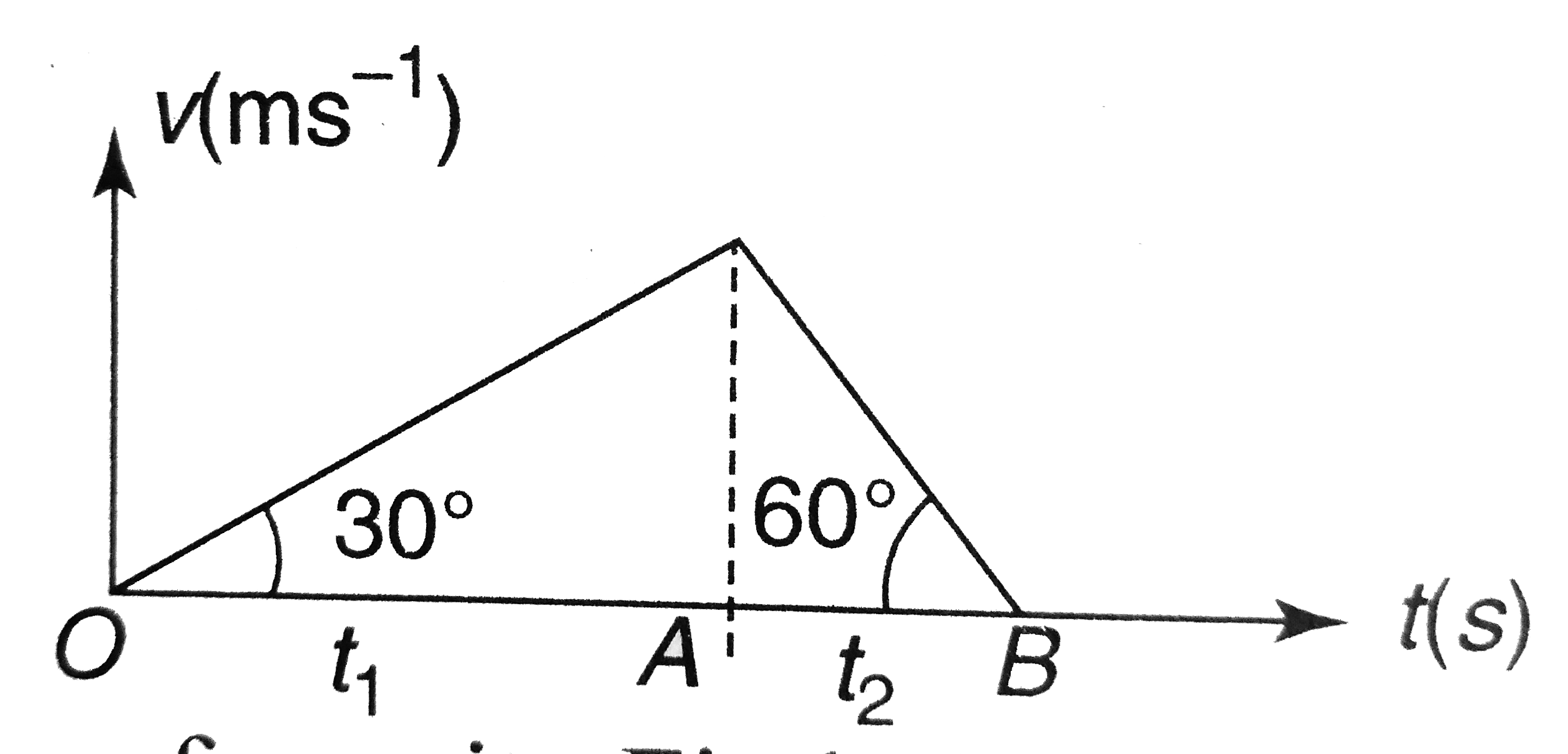If the velocity of the particle is given by v=√x and initially particel was at x=4m then which of the following are correct.
at t=2 sec, the position of the particle is x=9m
particle acceleration at t=2 sec is 1m/s2
particle acceleration is ½ ms^(2) through out the motion
particle will never go in negative direction from its starting position.
The correct Answer is:A, C, D
v=√x
dxdt=√x⇒∫dxx1/2=∫dt⇒2√x=t+c
But at t=0,x=4,⇒c=4
⇒x=(t+4)24⇒x=(6)24=364=9
a=vdvdx=√x×12√x=½m/s2.
Topper's Solved these Questions
- BOOK - NARAYNACHAPTER - MOTION IN A STRAIGHT LINEEXERCISE - Integer Type Question13videos
MOTION IN A STRAIGHT LINE
- BOOK - NARAYNACHAPTER - MOTION IN A STRAIGHT LINEEXERCISE - Single Answer Question8videos
MOTION IN A STRAIGHT LINE
- BOOK - NARAYNACHAPTER - MOTION IN A STRAIGHT LINEEXERCISE - Passage Type Questions16videos
MOTION IN A STRAIGHT LINE
- BOOK - NARAYNACHAPTER - MOTION IN A PLANEEXERCISE - Level-II(H.W)31videos
MOTION IN A PLANE
- BOOK - NARAYNACHAPTER - NEWTONS LAWS OF MOTIONEXERCISE - PASSAGE TYPE QUESTION6videos
NEWTONS LAWS OF MOTION
Similar Questions
The velocity of particle is given by v=√gx . Find its acceleration.
View SolutionA particle moving in the xy plane experiences a velocity dependent force →F=k(vyˆi+vxˆj), where vxandvy are the x and y components of its velocity →v . If →a is the acceleration of the particle, then which of the following statements is true for the particle?
View Solution
Knowledge Check
- Question 1 - Select One
If the velocity of a particle is given by v=(180−16x)12ms, then its acceleration will be
AzeroB8ms2C−8ms2D4ms2 - Question 2 - Select One
The potential energy function for a particle executing linear SHM is given by V(x)=12kx2 where k is the force constant of the oscillator. For k=0.5Nm−1, the graph of V(x) versus x is shown in the figure A particle of total energy E turns back when it reaches x=±xm.if V and K indicate the potential energy and kinetic energy respectively of the particle at x=+xm,then which of the following is correct?
 AV=0, K=EBV=E, K=0CV lt K, K=0DV=0, K lt E
AV=0, K=EBV=E, K=0CV lt K, K=0DV=0, K lt E - Question 3 - Select One
The acceleration of a particle depends on displacement covered in a time as a=s+5. It is given that initially s=0 and v=5m/s, then which of the following is possibly correct ?
Av=s+5Bv=√s+5Cv=loge(s+55)2Dv=loge(s+5s)
A particle is given an initial velocity of 20m/s. acceleration of the particle changes with time and its variation is shown in the following figure.
 View Solution
View SolutionThe initial velocity of a particle is x ms−1 (at t=0) and acceleration a is function for time, given by, a= 6t. Which of the following relation is correct for final velocity y after time t?
View SolutionA particle of mass m with an initial velocity uˆi+2uˆj collides with a particle of mass 3m at rest. After collision, the two particles stick together and the combined particle moves with a velocity vˆi+v'ˆj. Which of the following is incorrect?
View SolutionVelocity v of a particle moving along x axis as a function of time is given by v=2tm/s. Initially the particle is to the right of the origin and 2m away from it. Find the position (distance from origin) of the particle after first 3s.
 View Solution
View SolutionThe intial velocity of a particle moving along x axis is u (at t = 0 and x = 0) and its acceleration a is given by a = kx. Which of the following equation is correct between its velocity (v) and position (x)?
View Solution

